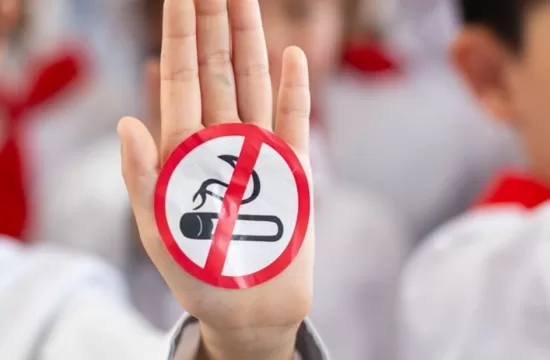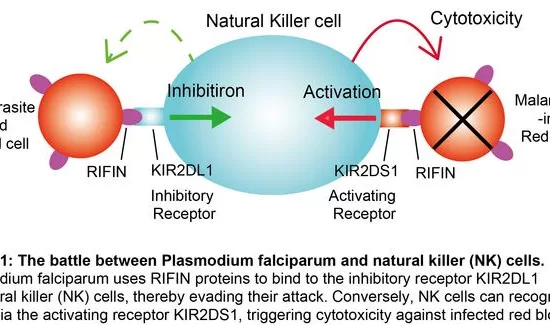Government of Nepal, Ministry of Science Technology and Environment (MOSTE) enacted Lead Paint Standard of 90 ppm to eliminate Lead based paint from Nepal through publishing a Gazette Notification (Nepal Gazette, Khand 64, Number 30, Part 5, dated 22 December 2014, Notice 3) as per the Rule 15 of EPR 1997. This standard has become effective from June 20, 2015.
As per the standard, maximum allowable lead content in the paints should be 90 ppm, paints are needed to be labeled with exact amount of lead content as well as precautionary message to prevent occupational exposure to lead.
All concerned, especially government agencies, paint industries, paint dealers and retailers should effectively implement this mandatory standard of 90 ppm lead in paints as demanded by the executive Director of the Center for Public Health and Environmental Development (CEPHED), NGO, Ram Charitra Shah with his determinant campaign for enactment of the lead paint standard based on its series of lead paint research findings.
Though lead is found frequently in our environment, it is not at all required for the human body. Exposure to lead can cause serious injuries to every aged group, especially to the children’s physical growth, mental growth and most importantly intellectual growth.
About 0.6 percent of global burden of diseases are attributed by lead. Globally in the developing countries like Nepal, lead exposure causes about 143 thousands annual death, along with intellectual disabilities in 600 thousands children occupying 99 percent of children being affected by high exposure to lead.
In order to contribute the effective implementation of the newly enacted mandatory lead paint standard, Center for Public Health and Environmental Development (CEPHED) under the ongoing European Union and International POPs Elimination Network (IPEN) funded Asia Lead Paint Elimination project in Nepal along with other seven Asian countries, collected 87 paint samples of 35 brands from 27 paint industries products from different cities of Nepal including Kathmandu, Lalitpur, Banepa, Biratnagar, Birgunj, Butwal and Pokhara.
These samples have been tested from world class reputed labs of Spain and Italy and as per the results, 89 percent of paint samples are found to have higher lead content in the paints than the estimated by the Government of Nepal standard of 90 ppm.
44 percent of samples contain even high content of lead higher than 10,000 ppm. Maximum lead concentration detected were 124000 ppm which is about 1378 times more than the Nepal Standrd of 90 ppm.
All most all NS marked paints samples found lead level beyond the standard. With this high level of lead concentration found in current situation imported, produced and marketed in Nepal, there is an urgent need for effective implementation of the Lead Paint Standard of 90 ppm enacted by Government of Nepal and taking effects on 20 June 2015.
Effective implementation of Lead paint standard requires: urgent need to formulate working procedure of lead paint standad implementation, formal information sharig about enacted new standard and its effective dates to all concerned, paint industries and business communities; mandatory inclusion of lead criteria in NS Marking, adoption of Green Public Procurement Policy (GPPP) and most importantly effective market and standard compliance monitoring etc.
Consumers are advised to go for NO ADDED LEAD labeled can to prevent the further lead exposure. Time has come to ensure the protection fo public health and environment though effective implementation of the newly enacted lead paint standard and compliance monitoring.
Similarly, Government of Nepal, Ministry of Science Technology and Environment (MOSTE) banned the Import, Sale, Distribution and Uses of Asbestos in Nepal through publishing a Gazette Notification (Nepal Gazette, Khand 64, Number 30, Part 5, dated 22 December 2014, Notice 4) as per the Enlivenment Protection Act 1997 Article 7 (3) will also take affect on 20 June 2015.








Journal about benefit for paint free lead